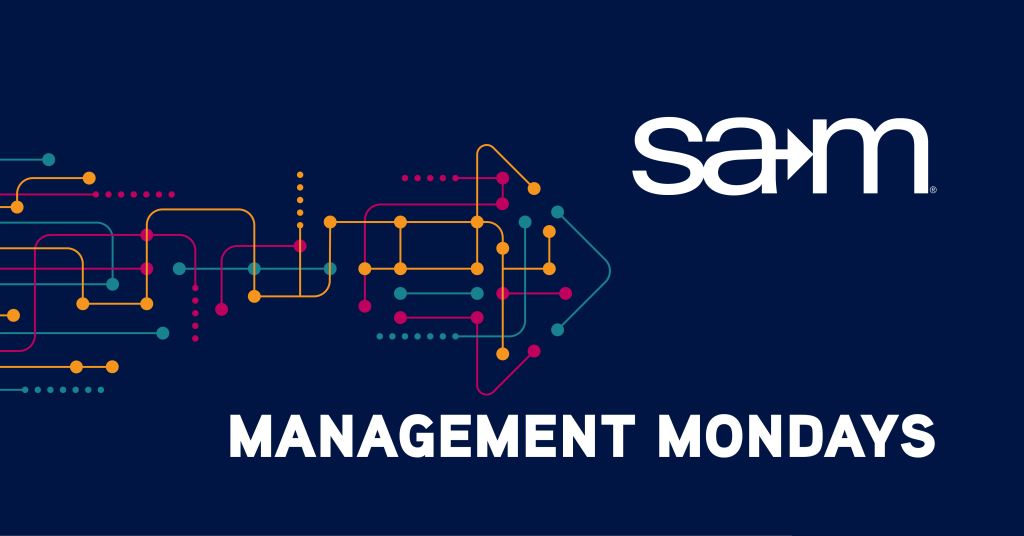
Read the Room Like a Pro: How to Diagnose People, Power, and Purpose
Before you say a single word in a meeting or presentation, your message is already competing with distractions, assumptions, and unspoken dynamics. That is why strong communicators never begin with content. They begin with diagnosis. They look at the people in the room, the relationships at play, the current emotional tone, and the purpose of the interaction. Diagnosis is not about reading minds. It is about reading context. When you understand the people, the power, and the purpose behind a meeting, you begin to see what actually needs to be said and how it needs to be said. This level of awareness separates those who inform from those who influence.
Far too many professionals walk into conversations thinking only about what they want to say. That mindset leads to misalignment. It creates messages that sound technically correct but emotionally tone-deaf. If you want to be heard and respected, you need to understand your audience’s current state before shaping your message. What matters to them? What pressures are they under? What has happened recently that may be affecting their thinking? When you ask these questions first, you gain insight that shapes every other part of your communication. Influence starts by listening before speaking.
Knowing the People in the Room is a Strategic Advantage
The people you are speaking to are not blank slates. They bring with them expectations, biases, stress, ambition, and previous experiences with you or the topic at hand. Ignoring these elements puts your message at risk. You cannot assume that because someone holds a certain title, they will be naturally interested in your content. You need to know who they are, what their role is, and how they have behaved in similar settings before. This kind of research is not excessive. It is essential. Just as you would never launch a product without knowing the market, you should never launch a message without knowing your audience.
Understanding the people in the room also includes identifying their informal influence. Some individuals may not have positional authority but carry significant weight in group discussions. Others may be outwardly quiet but deeply analytical. Your job is to recognize these patterns before you speak. That way, you can tailor your message to the right people, in the right tone, and at the right depth. Doing this work in advance increases your chances of being heard and significantly reduces friction in high-stakes conversations. It shows respect, and it earns trust.
Power Dynamics Are Always at Play, Whether You Acknowledge Them or Not
Every room has a power structure, whether it is formal or informal. Ignoring power dynamics is one of the fastest ways to lose credibility in a professional setting. This is not about impressing the highest-ranking person or navigating office politics. It is about understanding how decisions are made and recognizing whose support will move your message forward. Sometimes, the person who holds the most influence is not the one with the title or authority. It could be the team member who others trust or the individual who always asks the most thoughtful questions. When you identify these patterns early, you can tailor your message with greater impact and less guesswork.
Awareness of power structures also allows you to manage resistance with more control. When you understand the reasons someone might push back, whether they are protecting a team or responding to competing priorities, you can prepare in advance. This preparation helps you respond with empathy instead of frustration, and it keeps the conversation on track. You also gain the ability to reframe your ideas in a way that respects existing relationships while still moving your message forward. Strong diagnosis does not eliminate tension, but it does reduce the chances of being caught off guard. With the right perspective, power dynamics become something to navigate, not fear.
Purpose Is the Anchor That Keeps Communication on Track
Knowing the people and understanding the power structure are vital, but they only gain meaning when tied to a clear purpose. Every meeting, conversation, or presentation should have a defined outcome. Why are you here? What is the most valuable thing that could happen as a result of this interaction? Without purpose, communication becomes a drift of information with no direction. Diagnosing purpose helps you filter what to say, what to skip, and how to frame your message. It gives your communication a backbone and prevents you from chasing tangents or losing your audience halfway through.
When purpose is clear, both you and your audience benefit. They can follow your reasoning more easily, and you can adjust your message without losing focus. If the room becomes tense or distracted, you can bring the discussion back to the original goal. This gives your communication a sense of discipline and momentum. It also helps you avoid the common pitfall of speaking too much without actually saying something that matters. In every communication opportunity, clarity of purpose allows you to lead with impact rather than just participate passively.
Final Thoughts
Reading the room is not about charm or instinct. It is a skill rooted in awareness, observation, and preparation. When you take the time to diagnose the people, the power, and the purpose behind every interaction, you gain a powerful edge. Your message becomes sharper because it is built on context, not assumption. You stop talking at people and start connecting with them. And in doing so, you move from simply participating in conversations to actually shaping them.
In a world where attention is limited and pressure is high, thoughtful communication is not a luxury. It is a leadership skill. If you want your words to carry influence, you must begin with understanding. That starts before the first word is spoken. It begins with a quiet form of discipline, the kind that comes from observing carefully, asking the right questions, and preparing with empathy. From that foundation, influence becomes not only possible but sustainable.
Whether you’re working across the hall or across time zones, your ability to communicate effectively within a team shapes your success. Our Communicating Collaboratively course gives you practical strategies for leading conversations, managing virtual dynamics, and getting real results in group settings. Learn how to contribute meaningfully, facilitate productive meetings, and navigate the challenges of remote collaboration with confidence.
Register today for Communicating Collaboratively and start building the communication skills that every high-performing team member needs. SAM members receive a 20% discount, join today and take advantage of this and many other membership benefits!

Written By,
Patrick Endicott
Patrick is the Executive Director of the Society for Advancement of Management, is driven by a deep commitment to innovation and sustainable business practices. With a rich background spanning over a decade in management, publications, and association leadership, Patrick has achieved notable success in launching and overseeing multiple organizations, earning acclaim for his forward-thinking guidance. Beyond his role in shaping the future of management, Patrick indulges his passion for theme parks and all things Star Wars in his downtime.
